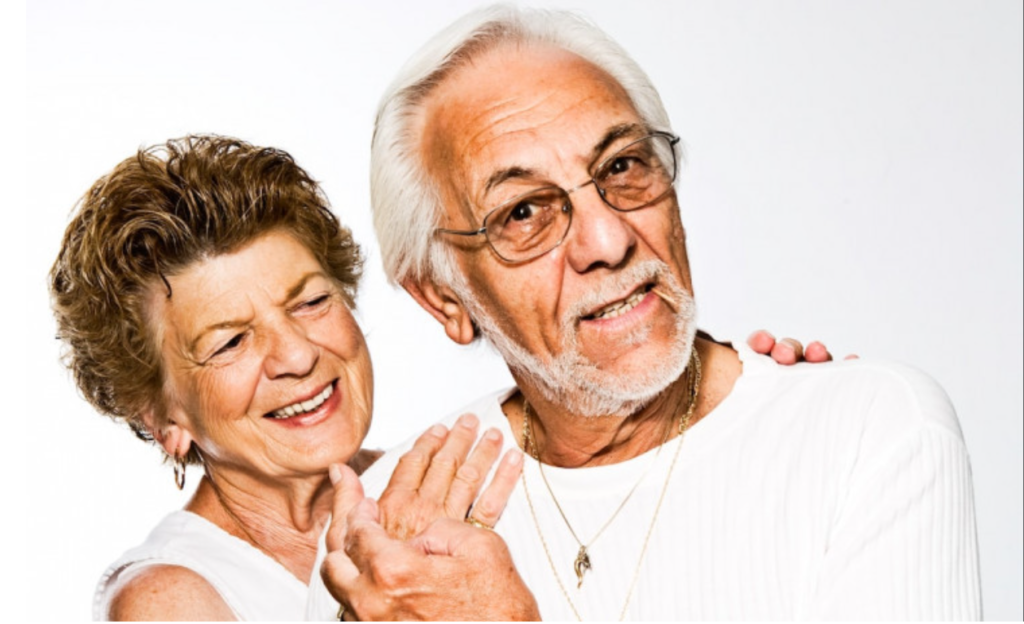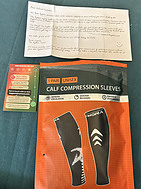
Are you a senior 50 and over? Want to get into fitness?
1. Consistency: The Key to Success
Building a strong foundation is key to achieving your fitness goals and enjoying a higher quality of life. Let’s dive in and discover the immense benefits of senior fitness exercise programs!
Consistency is the cornerstone of any successful senior fittness exercise program. By committing to regular workouts, you can experience long-lasting health improvements. Whether you choose aerobic activities like brisk walking or cycling, or strength training exercises, consistency is crucial. Aim for at least 150 minutes of moderate aerobic activity each week, along with two sessions of strength training. Consistently engaging in these exercises will help you build strength, improve cardiovascular health, and maintain flexibility.
There are numerous resources for program advice. It is not my objective to suggest the best senior fitness program, while I can suggest if asked My aim is to share my experience in training as I approach completion of my 71st year.
The main thing I want emphasize is to get started. And stay with it.
2. Start Slow and Progress Gradually
When starting a senior exercise program, it’s essential to begin at a comfortable pace and gradually increase intensity. This approach minimizes the risk of injuries and allows your body to adapt over time. Start with low-impact exercises such as swimming, yoga, or tai chi to improve balance, flexibility, and overall well-being. As you gain confidence and endurance, you can incorporate more challenging exercises like resistance training or light weightlifting. Remember, progress is a journey, and starting slow ensures a solid foundation for long-term success.
3. Managing Discomfort and Pain
As you embark on your fitness journey, it’s normal to experience some discomfort or moderate pain. However, it’s crucial to listen to your body and take steps to manage these sensations effectively. Here are some strategies to consider:
-
- Warm-up and Cool-down: Begin each workout with a proper warm-up to increase blood flow and prepare your muscles for exercise. Likewise, conclude your sessions with a cool-down routine to help your body recover and reduce post-workout soreness.
- Proper Technique: Focus on maintaining proper form and technique during exercises. This ensures that you engage the correct muscles and reduces the risk of strain or injury. Consider working with a certified fitness professional to learn the correct techniques tailored to your needs.
- Low-Impact Alternatives: If you experience joint or muscle discomfort, opt for low-impact exercises that are gentle on your body. Water aerobics, cycling, or using elliptical machines are excellent choices that minimize stress on joints while still providing a challenging workout.
- Rest and Recovery: Allow your body sufficient time to rest and recover between exercise sessions. Adequate rest is vital for muscle repair and growth, reducing the risk of overexertion and chronic pain.
- There are a number of compression products,non-prescription pain relievers to be used sparring and temporarily that can help reduce muscle and joint soreness temporarily, and topicals. These can help you get through the ineveitable “no pain no gain” aspect of your progress.
It’s worth noting that if muscle and joint soreness persist or worsen, it’s advisable to consult a healthcare professional for further evaluation and guidance.
4. Building a Strong Foundation for Arthritis, Joint, and Muscle Issues
-
- Senior exercise programs can be adapted to address specific concerns such as arthritis, joint problems, or muscle issues. Consider the following strategies:
-
- Range-of-Motion Exercises: Incorporate gentle range-of-motion exercises to improve joint mobility and flexibility. These exercises, such as shoulder circles or ankle rotations, help reduce stiffness and increase joint function.
- Strength Training with Guidance: Engage in strength training exercises with the guidance of a fitness professional or physical therapist. They can tailor exercises to your specific needs, helping to strengthen muscles, support joints, and alleviate discomfort.
- Aquatic Workouts: Take advantage of water-based activities like swimming or water aerobics. These exercises provide a low-impact environment, reducing stress on joints while improving cardiovascular fitness, muscle strength, and overall mobility.
Conclusion
Building a strong foundation through senior exercise and workout programs is a gateway to improved health and well-being. Engaging in regular physical activity has numerous benefits for seniors, both physically and mentally. By incorporating exercise into their routines, older adults can experience enhanced strength, flexibility, cardiovascular health, and overall quality of life.
One of the key advantages of senior exercise programs is the improvement in muscle strength and endurance. As individuals age, muscle mass tends to decrease, leading to weakness and functional limitations. However, participating in targeted strength training exercises can help mitigate this decline. Strengthening the muscles not only improves physical performance but also enhances balance and reduces the risk of falls, which is particularly crucial for seniors.
Moreover, engaging in regular physical activity has a positive impact on cardiovascular health. Aerobic exercises, such as walking, swimming, or cycling, increase heart rate and promote better circulation. This, in turn, improves cardiovascular fitness, lowers blood pressure, and reduces the risk of heart disease and stroke. Additionally, maintaining an active lifestyle can help manage weight, control blood sugar levels, and improve cholesterol profiles, further benefiting overall cardiovascular health.
Exercise programs for seniors also contribute to improved flexibility and joint health. Stretching exercises enhance range of motion, allowing individuals to perform daily activities with ease and reducing the risk of injury. By promoting joint mobility, seniors can maintain their independence and engage in activities they enjoy.
Beyond the physical benefits, senior exercise programs have a positive impact on mental well-being. Regular physical activity stimulates the release of endorphins, which are natural mood elevators. This can help combat feelings of depression, anxiety, and stress. Exercise also promotes better sleep patterns, enhances cognitive function, and boosts self-confidence and self-esteem.
Participating in exercise programs designed specifically for seniors also provides social interaction and a sense of community. Group exercise classes or fitness programs tailored to older adults offer opportunities to connect with peers, make new friends, and share common experiences. The social component of these programs is essential for combating loneliness and promoting mental and emotional well-being.
In conclusion, building a strong foundation through senior exercise and workout programs is essential for enhancing health and well-being. The physical benefits, including improved strength, cardiovascular health, flexibility, and joint mobility, contribute to an overall better quality of life for seniors. Additionally, the positive impact on mental health, such as reduced depression and anxiety, improved cognitive function, and increased social interaction, further enhances well-being. By incorporating regular exercise into their routines, seniors can unlock the gateway to a healthier, happier, and more fulfilling life.
It is important for older adults to consult with healthcare professionals or fitness experts to design exercise programs that are safe, effective, and tailored to their specific needs and abilities.



